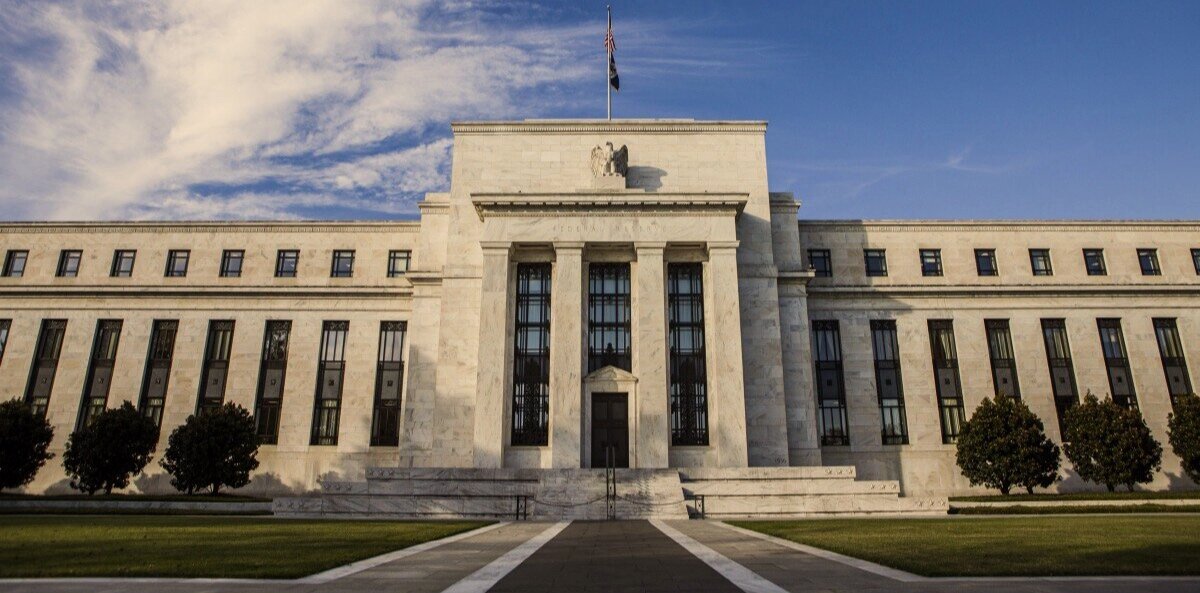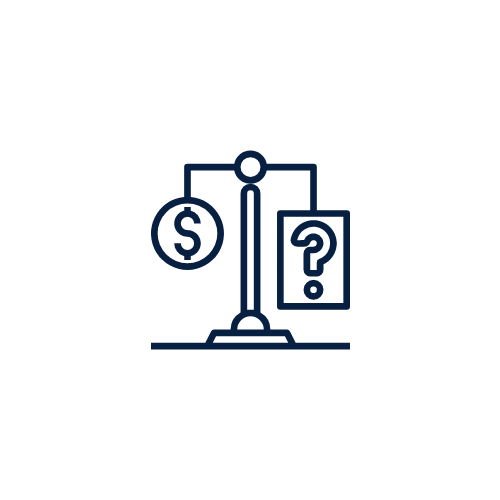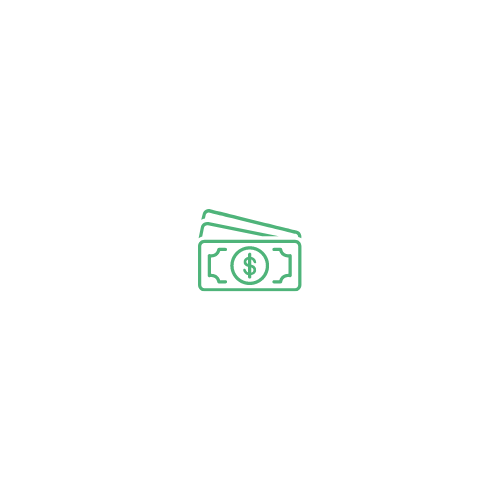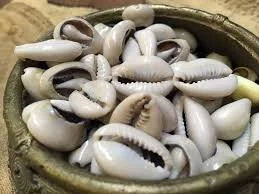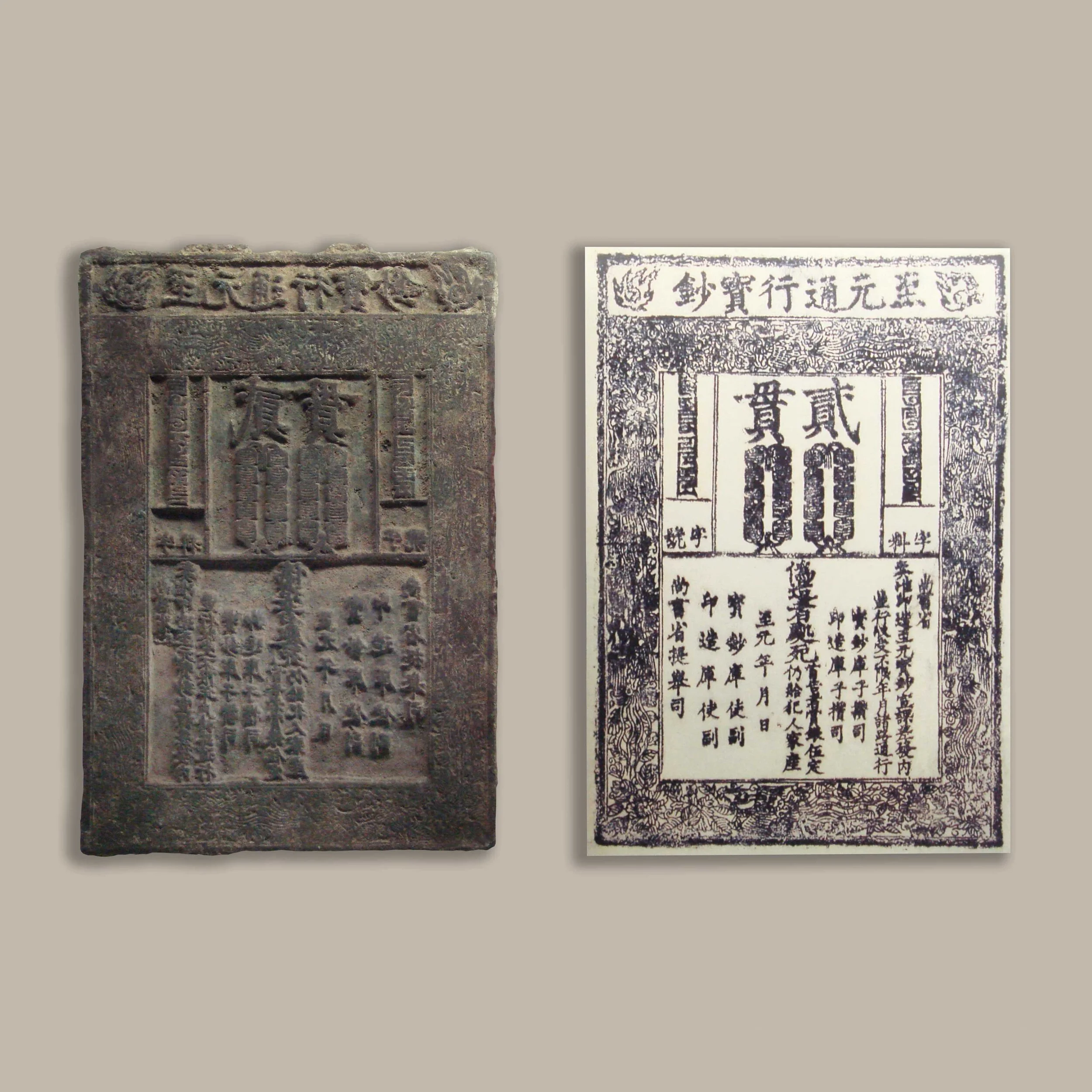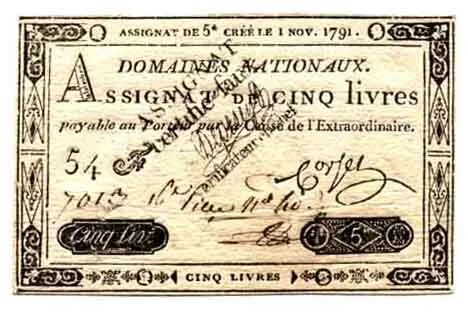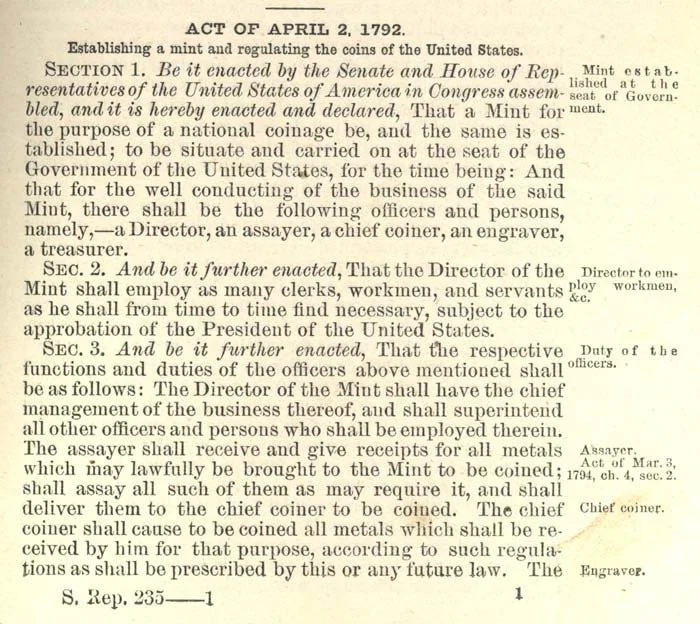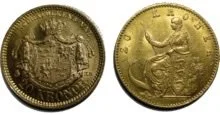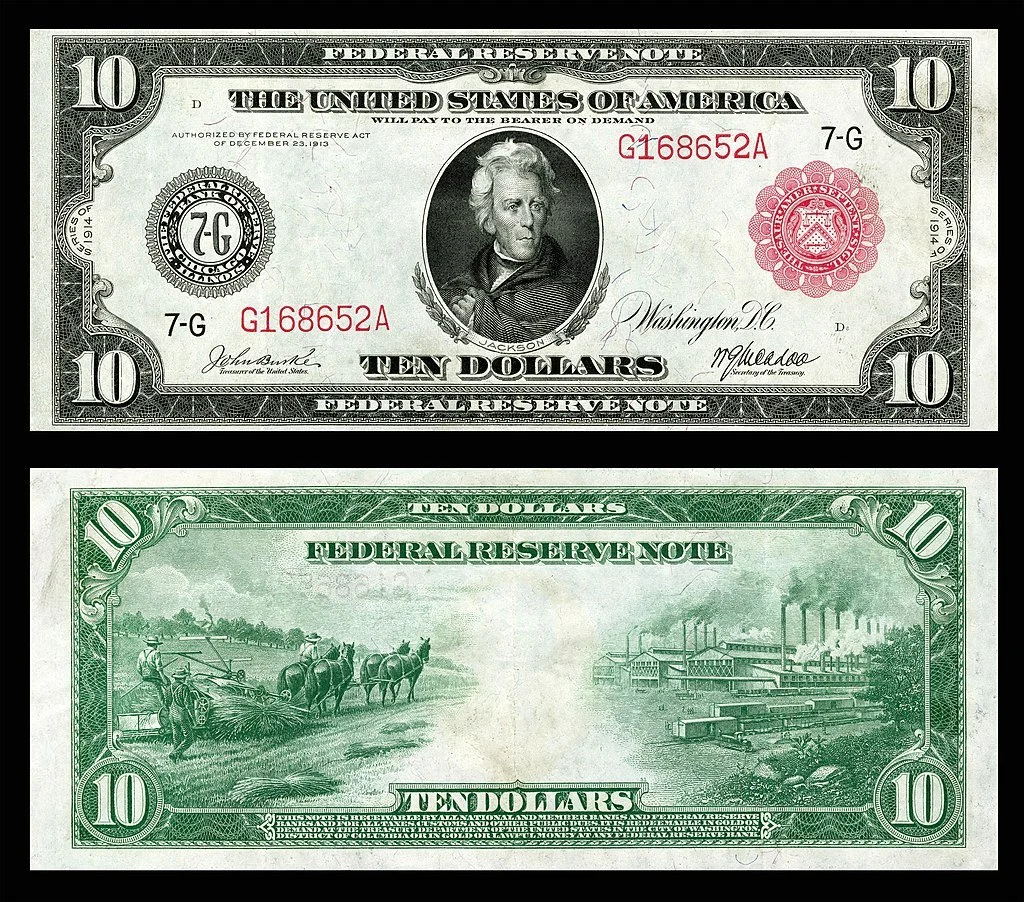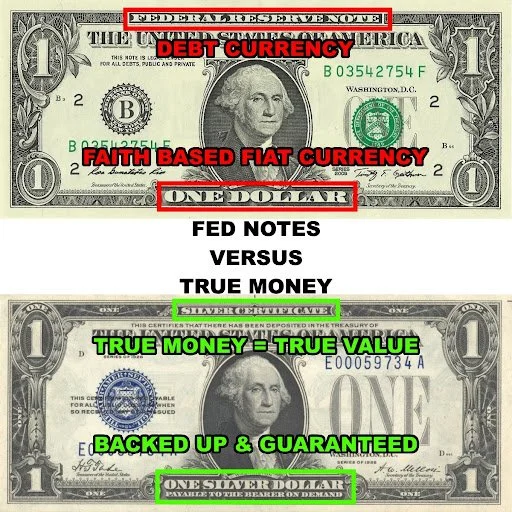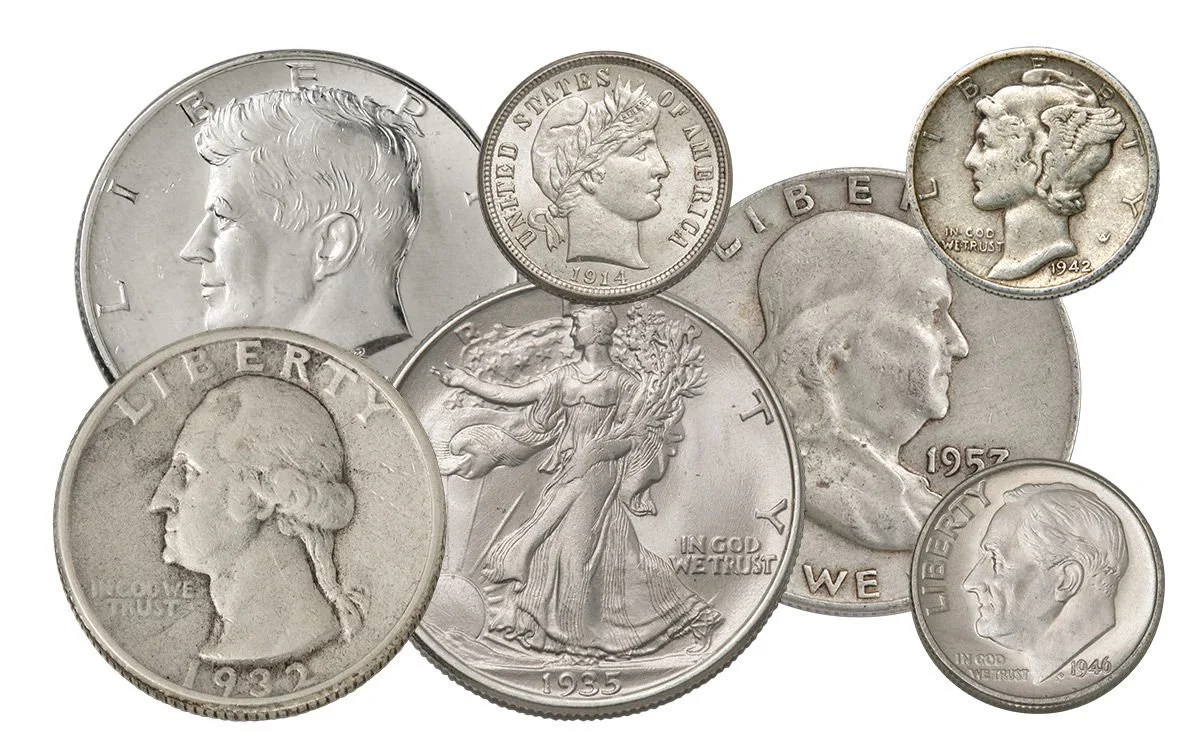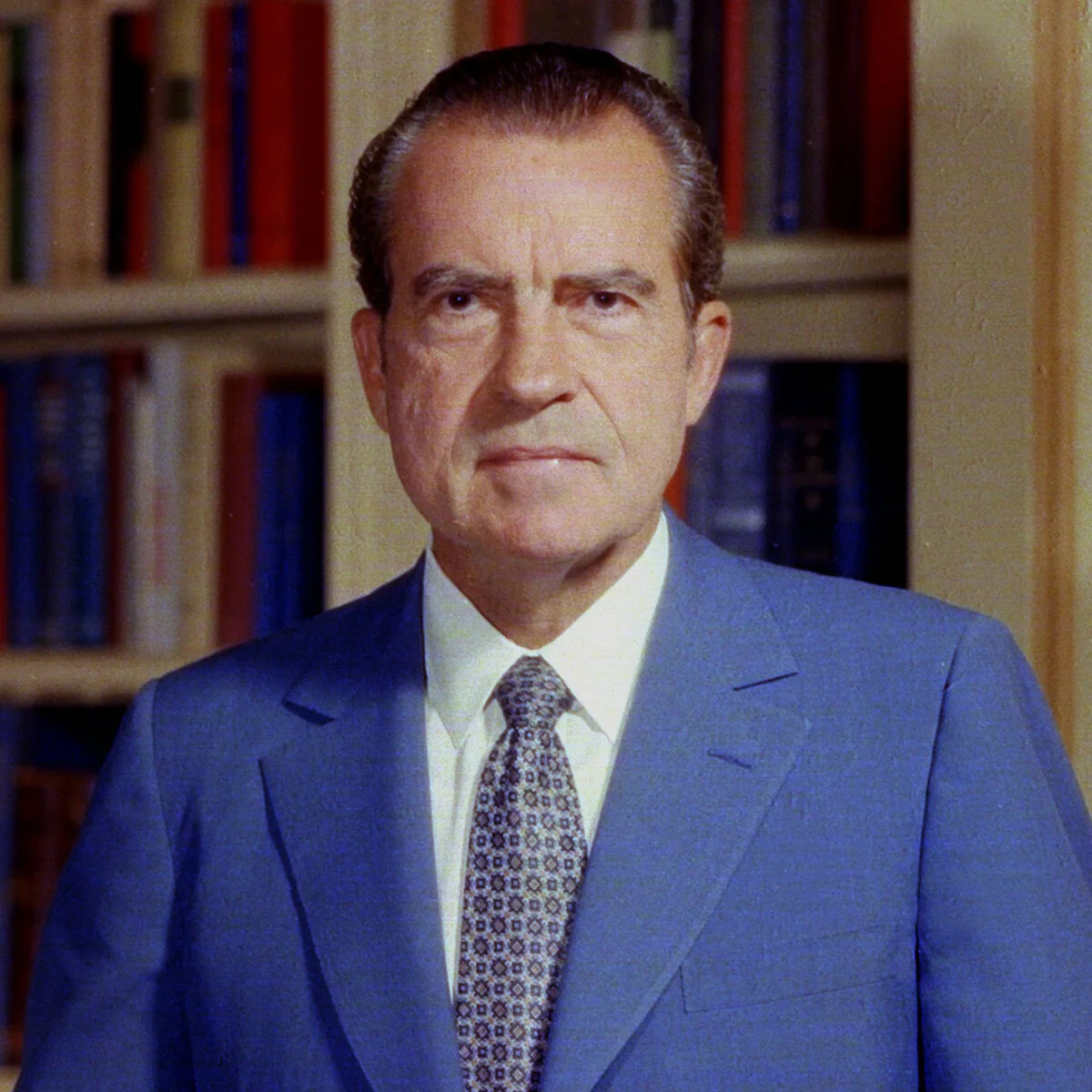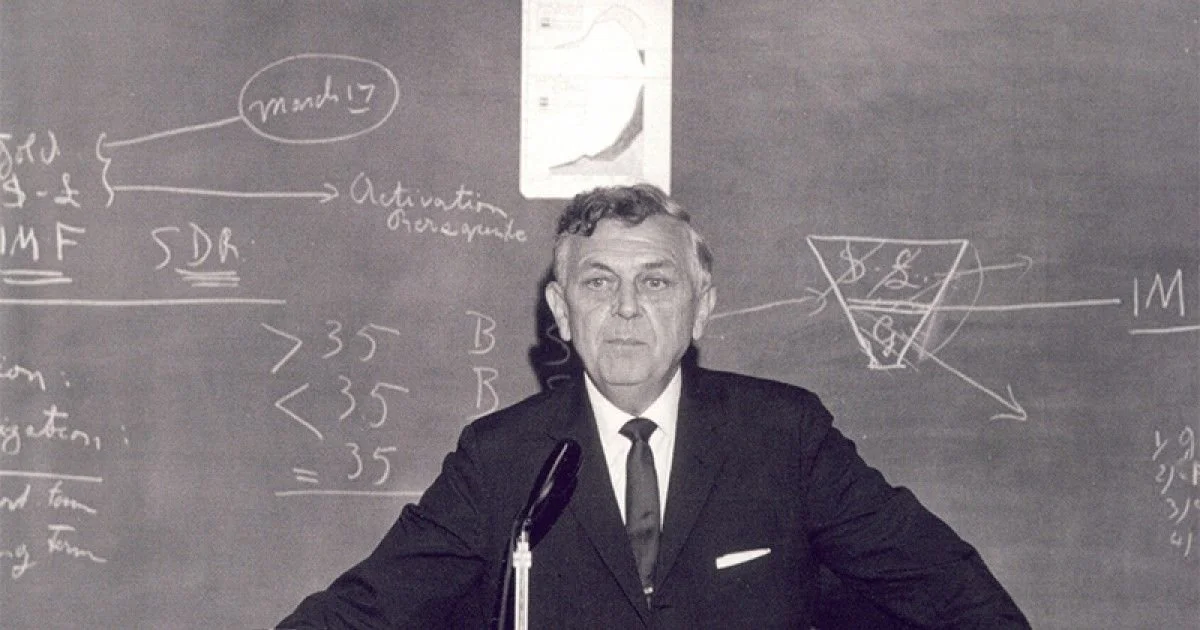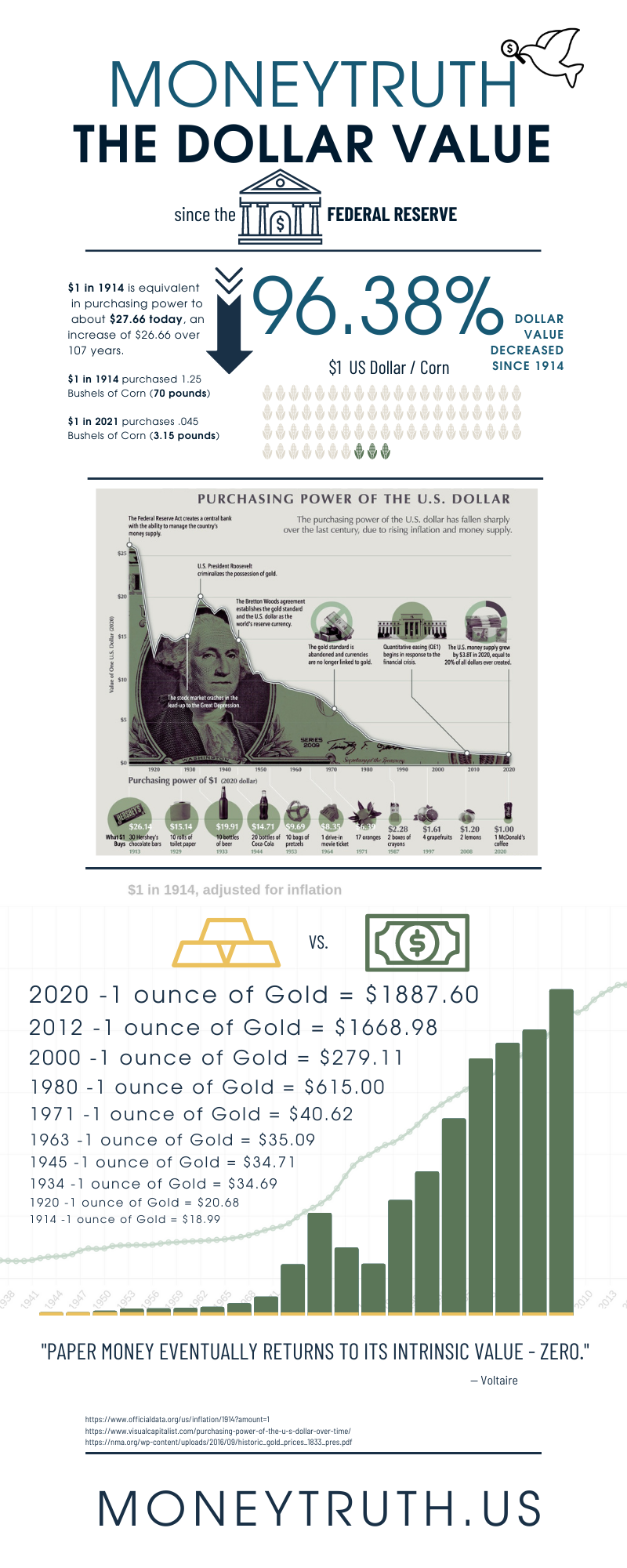What is Money?
Money is any item or verifiable record that is generally accepted as payment for goods and services and repayment of debts.
What are the functions of Money?
Medium of Exchange
(acceptable in exchange for goods and services)
A Unit of Account
(stable unit of measure to monitor past and future performance)
A Store of Value
(any commodity or asset that would normally retain purchasing power into the future and is the function of the asset that can be saved, retrieved and exchanged at a later time, and be predictably useful when retrieved)
A Standard of Deferred Payment
(widely accepted way to value a debt, thereby allowing goods and services to be acquired now and paid for in the future)
What are the properties of Money?
Fungibility.
Units must be capable of mutual substitution. (interchangeability)
Portability.
Easily carried and transported.
Durability.
Able to withstand repeated use.
Cognizability.
Its value must be easily identified.
Divisibility.
Divisible to small units.
Scarcity.
Its supply in circulation must be limited.
What are the types of Money?
Commodity Money
Many items have been used as commodity money such as naturally scarce precious metals, conch shells, barley, beads, etc., as well as many other things that are thought of as having value. Commodity money value comes from the commodity out of which it is made. The commodity itself constitutes the money, and the money is the commodity. Examples of commodities that have been used as mediums of exchange include gold, silver, copper, rice, Wampum, salt, peppercorns, large stones, decorated belts, shells, alcohol, cigarettes, cannabis, candy, etc.
Representative Money
Money that consists of token coins, paper money or other physical tokens such as certificates, that can be reliably exchanged for a fixed quantity of a commodity such as gold or silver. The value of representative money stands in direct and fixed relation to the commodity that backs it, while not itself being composed of that commodity.
Fiat Money
Money whose value is not derived from any intrinsic value or guarantee that it can be converted into a valuable commodity (such as gold). Instead, it has value only by government order (fiat). Usually, the government declares the fiat currency (typically notes and coins from a central bank, such as the Federal Reserve System in the U.S.) to be legal tender, making it unlawful not to accept the fiat currency as a means of repayment for all debts, public and private.
Coinage Act of 1792
The Mint Act officially established a mint, regulated coins in the U.S., established the Silver Dollar as the unit of money in the U.S., declared it legal tender, and created a decimal system for the U.S. currency.
Coinage Act of 1873
This Act was a general revision of the laws relating to the Mint of the United States. In abolishing the right of holders of silver bullion to have their metal struck into fully legal tender dollar coins, it ended bimetallism in the United States, placing the nation firmly on the gold standard.
Federal Reserve Act of 1913
At the time of the Federal Reserve's creation, the law provided for notes to be redeemed to the Treasury in gold or "lawful money." The latter category was not explicitly defined, but included United States Notes, National Bank Notes, and certain other notes held by banks to meet reserve requirements, such as clearing certificates.[8] The Emergency Banking Act of 1933 removed the gold obligation and authorized the Treasury to satisfy these redemption demands with current notes of equal face value (effectively making change).
1914 $10 FRN, Federal Reserve Bank of Chicago
Emergency Banking Act
In March 1933, the Emergency Banking Act gave the president the power to control international and domestic gold movements. It also gave the secretary of the treasury the power to compel surrender of gold coins and certificates. The administration waited before employing these powers, in hope that the situation would correct itself, but gold outflows continued.
On April 20, President Roosevelt issued a proclamation that formally suspended the gold standard. The proclamation prohibited exports of gold and prohibited the Treasury and financial institutions from converting currency and deposits into gold coins and ingots. The actions halted gold outflows.
In January 1934 the Gold Reserve Act returned stability. This solidified the emergency measures enacted in 1933, resurrected the gold standard, and re-established financial links between America and the rest of the world.
Our Money Becomes Currency
On July 23, 1965, President Johnson approved the Coinage Act of 1965, which removed silver from circulating coins and authorized that clad coins be used for the half dollar, quarter, and dime.
What Happened in 1971?
The coming of the Great Depression brought major changes in money and is considered the beginning of the end for the gold standard. The first step was revising the gold standard, which involved confiscating individual gold holdings and increasing its price, which essentially devalued the paper currency that represented the gold. By the 1970s, the dollar was completely delinked from gold - becoming paper backed ONLY by a promise.
“Paper money is liable to be abused, has been, is, and forever will be abused, in every country in which it is permitted.”
— Thomas Jefferson
The Black Gold Standard
Through bilateral agreements with Saudi Arabia beginning in 1974, the U.S. managed to influence members of the Organization of the Petroleum Exporting Countries (OPEC) to standardize the sale of oil in dollars. In return for invoicing oil in dollar denominations, Saudi Arabia and other Arab states secured U.S. influence in the Israeli-Palestinian conflict along with U.S. military assistance during an increasingly worrisome political climate, which saw the Soviet invasion of Afghanistan, the fall of the Iranian Shah, and the Iran-Iraq War. Out of this mutually beneficial agreement, the petrodollar system was born.
The petrodollar system elevated the U.S. dollar to the world's reserve currency and, through this status, the United States enjoys persistent trade deficits and is a global economic hegemony. The petrodollar system also provides U.S. financial markets with a source of liquidity and foreign capital inflows through petrodollar "recycling."
Robert Triffin's Dollar Prediction
In October 1959, a Yale professor sat in front of Congress' Joint Economic Committee and calmly announced that the Bretton Woods system was doomed. The dollar could not survive as the world's reserve currency without requiring the United States to run ever-growing deficits. This dismal scientist was Belgium-born Robert Triffin, and he was right. The Bretton Woods system collapsed in 1971, and today the dollar's role as the reserve currency has the United States running the largest current account deficit in the world.
“The question is, what’s next for our money? We all hedge a position no matter what we do or don’t do. If we’re wrong this time…there will be generational consequences.”
— MoneyTruth
